7 Planet Saturn Facts: Beyond its Signature Rings [Infographic]
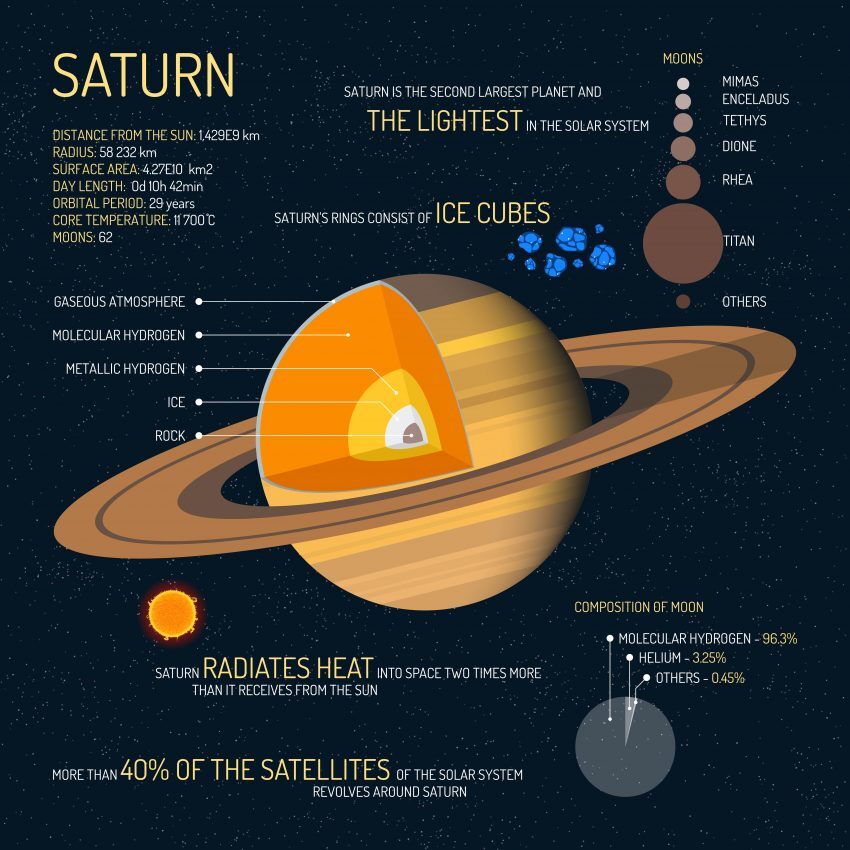
Facts About Saturn
Saturn may be the most iconic planet in the solar system because of its stunning rings.
In terms of size, it’s the 2nd largest and about 10 times as wide as Earth.
It’s the 6th closest planet to the sun and has 62 confirmed moons. The most exciting is Titan which has clouds and a dense atmosphere.
From 1 to 7, let’s explore 7 neat facts about the iconic planet Saturn.
1. Saturn’s rings consist of ice cubes
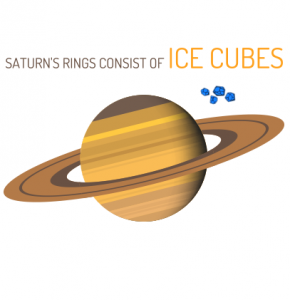
The most prominent feature of Saturn is its iconic rings. It’s believed that its rings are made of liquid ice which formed from remnants of comets, asteroids, and other space debris.
Saturn’s rings are incredibly thin even though they look thick. They measure just tens of meters in thickness. Saturn’s ring system is divided into 7 groups. But they extend so far that you can fit 4 and a half Earths in their wingspan.
Despite its large and complex ring system, astronomers have memorized this signature feature since the invention of the telescope.
2. Saturn has 62 moons
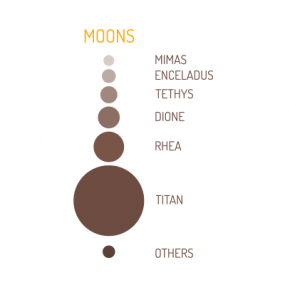
Although the number differs by source, there are 61 or 62 moons that orbit Saturn. These moons are commonly named after Greek or Roman Gods, such as Titan.
However, these moons are very small in size and mass with the exception of Titan. Titan contains more than 95% of the mass that orbits Saturn. More than 40% of satellites in the solar system revolve around Saturn.
3. It has gold-colored weather
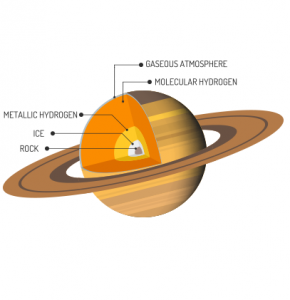
Saturn’s atmosphere is filled with methane and ammonia. The ammonia crystals on Saturn swirl around the planet coloring it with a gold tint.
Despite the awe and beauty, Saturn’s stench would be utterly rancid. Like planet Jupiter, the ammonia-filled atmosphere would be putrid.
It has wind and rain, sand dunes, shorelines and changing seasons. Saturn doesn’t have a true surface because of how its gas transitions into a liquid at high pressures.
4. Saturn is similar to Jupiter
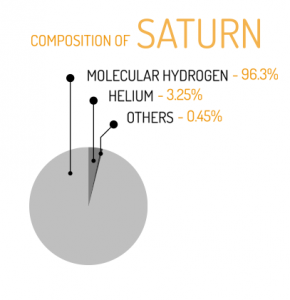
The composition of Saturn and Jupiter are very similar. They both mostly consist of liquid hydrogen and helium because of their escape velocities. Also, they don’t have true surfaces.
Both Jupiter and Saturn are the two largest planets in the solar system. In terms of size, Saturn is the second-largest planet in the solar system with a surface area of 4.27E10 km2
They both sit right next to Jupiter and they have weather. Finally, both planets radiate extraordinary amounts of great due to their composition.
5. Saturn’s moon “Titan” may harbor life
Saturn is completely uninhabitable. But this may not be the case for some of its moons. For example, Saturn’s largest moon Titan has underground oceans giving it the potential to harbor life.
It’s the only moon with a dense atmosphere. For example, it’s 50% thicker than Earth’s atmosphere containing mostly nitrogen with hydrocarbons.
Titan has lakes and rivers. But it’s really cold – as cold as -180 °C. These frigid temperatures mean that Titan’s lakes and rivers are not filled with water, but rather with liquid hydrocarbons like methane and ethane, creating an otherworldly landscape.
6. Saturn would float in a giant bathtub
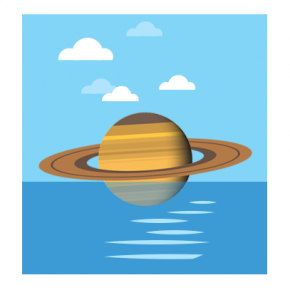
Even though Saturn is the second largest planet, it is the lightest planet in the solar system. The radius of Saturn is about 58,000 km with a total surface area of 42.7 billion km2.
Saturn is mostly liquid hydrogen and helium which have the lowest density on the periodic scale. It’s less dense than water.
So if you were to put Saturn into a giant bathtub, it would float.
7. One day on Saturn is 11 hours
The average distance between Saturn and the Sun is about 9 astronomical units (AU). So this means that its orbital period is about 29 years to complete one revolution around the Sun.
The length of a day on Saturn is about 10 hours and 42 minutes. This rapid rotation contributes to Saturn’s flattened shape and the formation of its prominent ring system.
Quick facts about Saturn
Saturn may be the most iconic planet in the solar system because of its stunning rings. NASA has a big list of facts about Saturn. Here are some more quick facts:
- Radius: 58,232 km
- Saturn is the second largest planet in the solar system with a surface area of 42.7 billion km2
- The composition is mostly hydrogen and helium and they don’t have surfaces.
- Saturn has weather (methane and ammonia) just tens of meters thick.
- Saturn has 62 moons
- Titan is Saturn’s largest moon of Saturn and is the only moon with a dense atmosphere. It’s 50% thicker than Earth’s atmosphere.
- A day length on Saturn is 0d 10h 42min
- Saturn has an orbital phase of 29 years
- Despite being the second largest planet in our solar system, Saturn is also the lightest.
- Titan is the second-largest moon in the whole solar system.

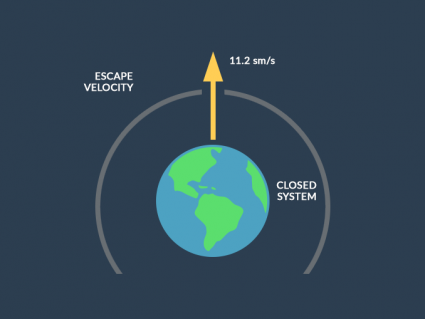
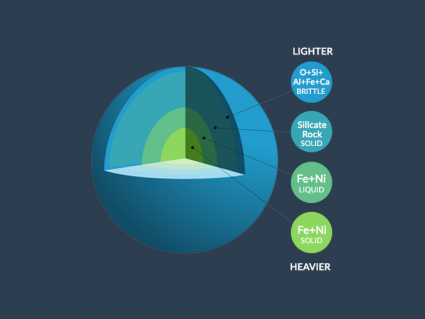
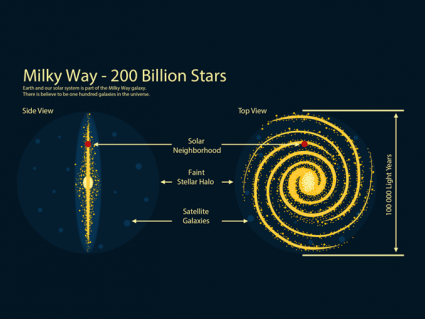
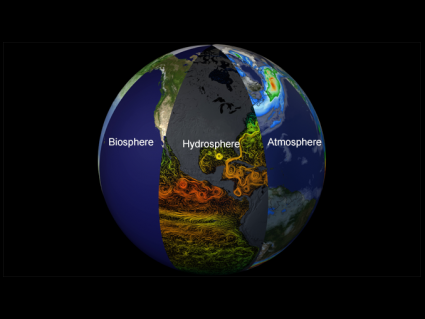
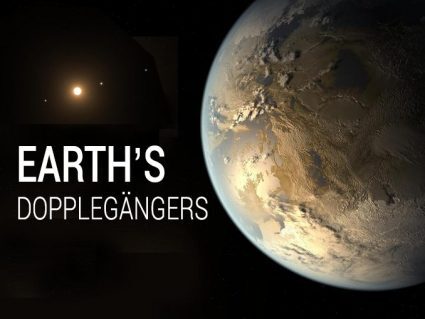
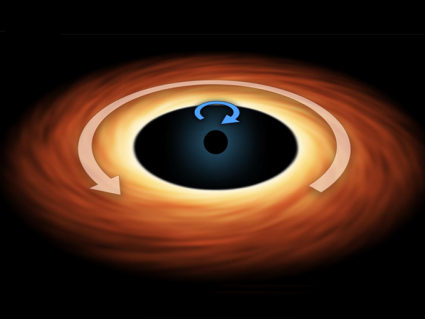
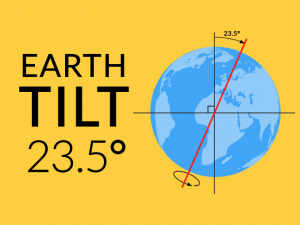
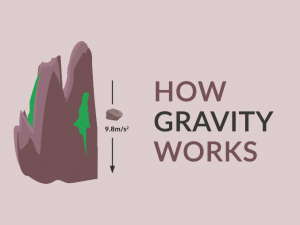
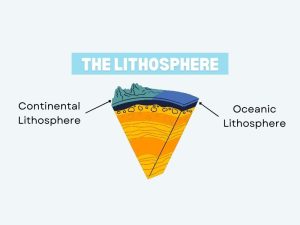
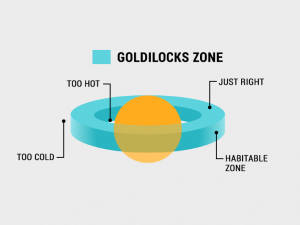
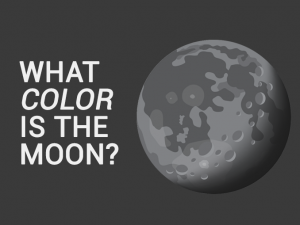
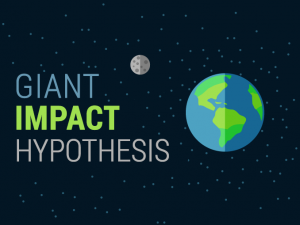
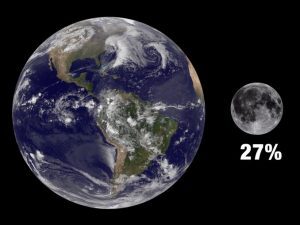
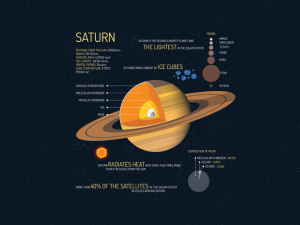
this is out of date Saturn dose not have 62 moons it has 278 moons
It was a good and concise information
It was goooood
You living there now, John?
Life’s better on Saturn?
This site helped with most of my research but I would like more than 7 facts. Thanks
It is soo good